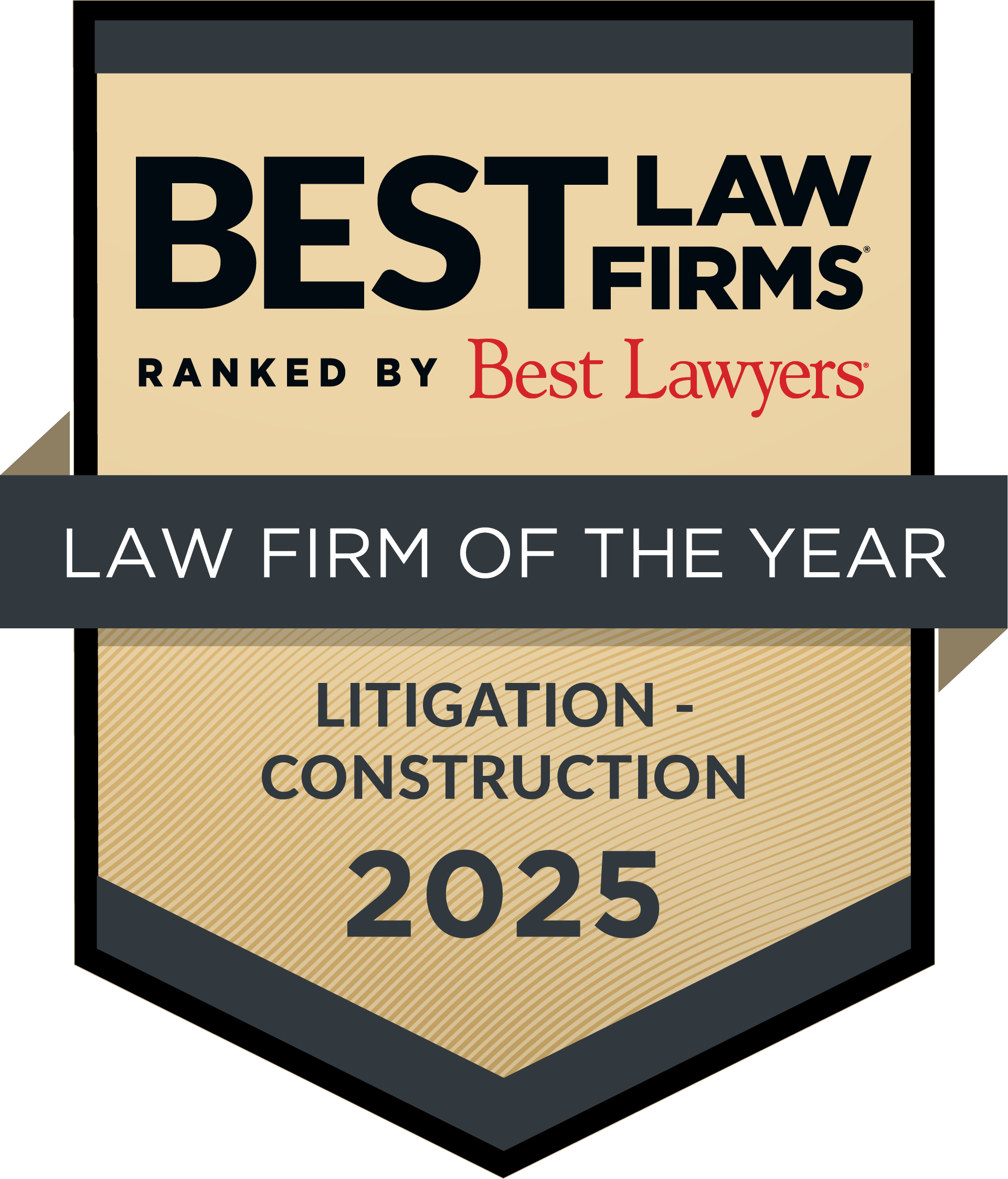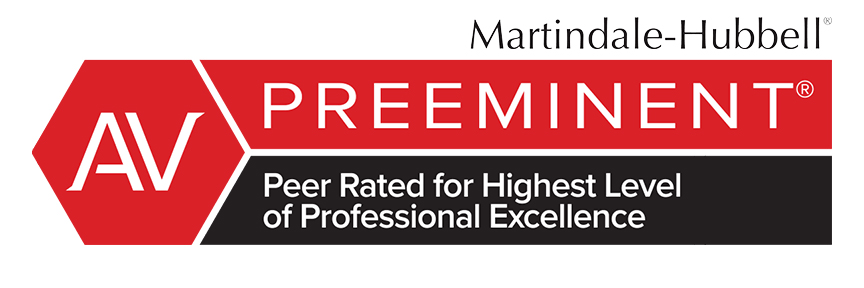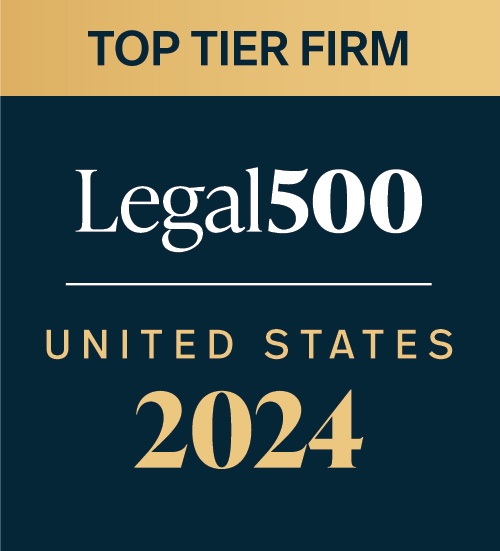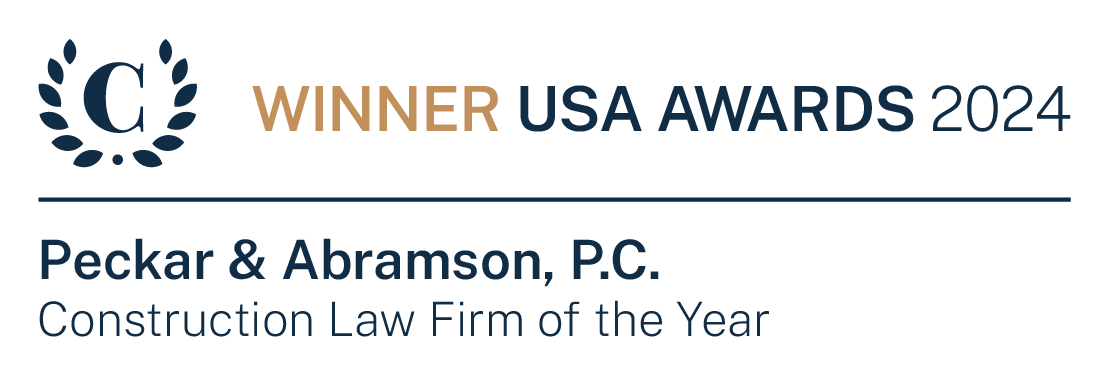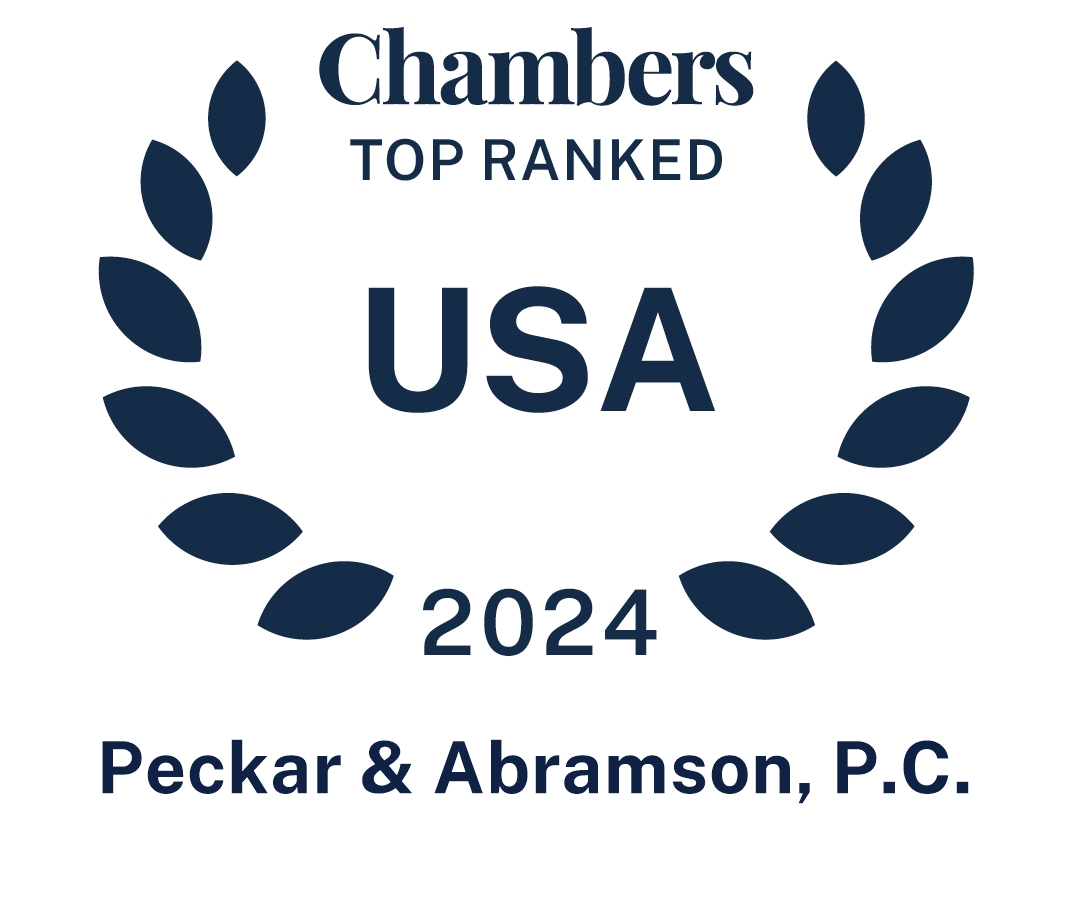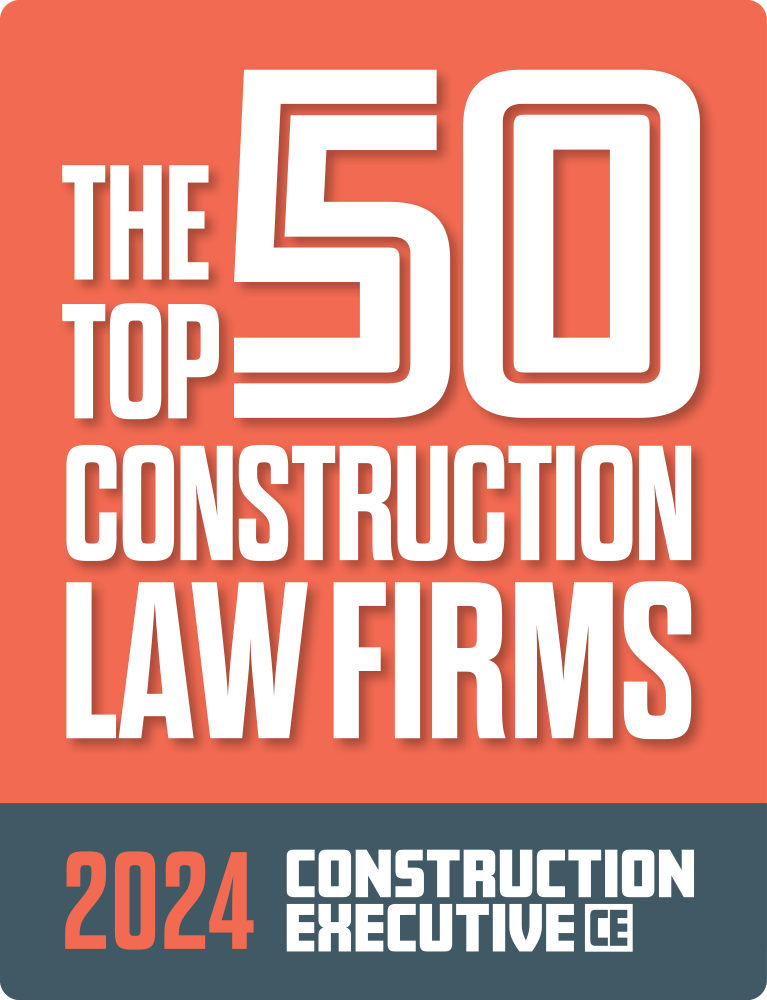Client Alerts & Publications
The Impact of New Tariffs on the Construction Industry – Suggested Steps to Protect Your Interests
Authors: Robert A. Drucker, Adam P. Handfinger,
Published Date: March 20, 2018
On March 8, 2018, President Trump executed two Presidential Proclamations, both going into effect on March 23, 2018, which establish a 25% tariff on certain steel products and a 10% tariff on certain aluminum products. The amount of the tariffs and the origin countries subject to same are fluid concepts subject to change by further Presidential proclamation. A full copy of the Steel and Aluminum Tariff Proclamations and selected Harmonized Tariff Schedules can be found at the following links: Aluminum Proclamation and Chapter 76 of the Aluminum Harmonized Tariff Schedule; Steel Proclamation and Chapters 72 and 73 of the Steel Harmonized Tariff Schedules.
The sudden implementation of the tariffs, the broad definition of applicable steel and aluminum products (which includes raw and fabricated materials), the likely extent of resultant costs, and the potential material shortages and delays are all likely to have a significant impact on the construction industry.
The tariffs raise many questions. Who is ultimately responsible to pay for the increased costs and absorb the resulting impacts on existing projects? What additional steps must be taken in negotiating and drafting contracts for upcoming projects to address the risks and costs? Are there hidden and unanticipated impacts to consider?
The purpose of this Alert is to advise contractors of the tariffs’ potentially costly impacts, which warrant immediate attention, discussion and (and hopefully) resolution. While we suggest some steps to mitigate the risks and impacts, further discussion and analysis is recommended, and all of these issues should be explored in more depth with the assistance of counsel.
THE SCOPE OF THE TARIFFS
The tariffs go into effect on March 23, 2018, and the President has flexibility to increase or decrease the tariffs on a country-by-country basis and even to add or delete origin countries subject to the tariffs. This level of flexibility certainly creates a unique challenge when it comes to risk mitigation and cost shifting. (Note that there are indefinite exemptions for imports from both Mexico and Canada as the United States and these countries continue to engage in NAFTA negotiations)
The tariffs extend to both raw materials and fabricated materials for steel and aluminum to the extent expressly described in the Presidential Proclamation. The definitions of Aluminum and Steel in the Presidential Proclamations are quite broad as summarized below.
Aluminum Tariff:
The detailed and full text of The Presidential Proclamation on Adjusting Imports of Aluminum (“Aluminum Proclamation”) signed on March 8, 2018, can be found at the following link: Aluminum Proclamation and See Chapter 76 of the Aluminum Harmonized Tariff Schedule.
The Aluminum Proclamation defines “aluminum” as:
(1) For the purposes of this proclamation, “aluminum articles” are defined in the Harmonized Tariff Schedule (“HTS”) as: (a) unwrought aluminum (HTS 7601); (b) aluminum bars, rods, and profiles (HTS 7604); (c) aluminum wire (HTS 7605); (d) aluminum plate, sheet, strip, and foil (flat rolled products) (HTS 7606 and 7607); (e) aluminum tubes and pipes and tube and pipe fitting (HTS 7608 and 7609); and (f ) aluminum castings and forgings (HTS 7616.99.51.60 and 7616.99.51.70), including any subsequent revisions to these HTS classifications
Steel Tariff:
The detailed and full text of The Presidential Proclamation on Adjusting Imports of Steel (“Steel Proclamation”) signed on March 8, 2018, can be found at Steel Proclamation and See Chapters 72 and 73 of the Steel Harmonized Tariff Schedules.
The Steel Proclamation defines “steel” in Harmonized Tariff Schedules as the following various steel products summarized below:
Iron and nonalloy steel in ingots or other primary forms, semi-finished products of iron or
nonalloy steel, flat-rolled iron or nonalloy steel, flat-rolled iron or nonalloy steel plated, clad, or coated, bars and rods, hot-rolled, in irregular wound coils of iron or nonalloy steel, concrete reinforcing bars and rods, bars and rods of iron or nonalloy steel, angles, shapes, and sections of iron or nonalloy steel including U, I, or H sections, wire of iron or nonalloy steel, stainless steel ingots or other primary forms, semi-finished stainless steel products, flat-rolled products of stainless steel, bars and rods of stainless steel, shapes and sections of stainless steel, other alloy steel in ingots or other primary and semi-finished forms, flat-rolled products of other alloy steel, bars and rods hot-rolled in irregularly wound coils of other alloy steel, other angles, shapes, and sections of other alloy steel, hollow drill bars and rods of alloy and nonalloy steel, wire of other alloy steel, sheet piling of steel whether drilled or not drilled, sheet piling of steel punched or made from assembled elements, nonalloy steel rails, fish-plates and sole plates, sleepers, various tubes and pipes, hollow profiles of steel, and seamless tubes or hollow profiles of steel.
This list is intended only as a brief summary of various steel products referenced in the Steel Proclamation. There are various limitations, restrictions and descriptions with respect to each of these products that can be found in the full and actual definitions of the steel products included in the Steel Proclamation and Harmonized Tariff Schedules hyperlinked above.
Note that on January 23, 2018, President Trump approved recommendations to impose a four-year tariff on imported solar cells and modules (exempting 2.5 gigawatt cells). In year one, a 30% tariff was approved, which is to be reduced by 5% each year, resulting in a 15% tariff in year four.
WHAT SHOULD CONTRACTORS DO?
The impact of the tariffs, and steps to take to mitigate an impact to your bottom line will likely depend on the terms of your contract documents.
Construction Contracts To Be Executed After the Tariffs Are Implemented
With respect to private (non-government contract) construction contracts to be entered into after the Tariffs are implemented, a contractor should consider taking the following action to protect its interests.
- If your contract has been prepared by the Owner, you should presume the contract will not provide for an adjustment based upon the increased prices you may have to pay as a result of the tariffs. Therefore, it is important that you should negotiate express language in the contract carving out the tariff as an adjustment, or some other material price escalation provision that provides relief. If you are preparing the draft contract, you should include such a clause in your draft making specific reference to increases due to tariffs. Owners may be unwilling to accept
this risk, but you can explain to the Owner that such provisions actually benefit owners as well, because contractor’s bids and prices will have to protect against the tariffs, unless there is a fair adjustment available should the tariffs apply. Without contractual relief for tariff-driven price increases, contractors will be forced to increase their bid prices to cover the uncertain risk of the potential tariffs, material price increases and material shortages/delays. Being that it is not
certain which, if any, of those risks would materialize into actual cost, an Owner would be wise to provide for relief in the event those risks do result in actual cost increases. - In light of the fact that many experts believe the tariffs will result in material shortages and delays, as well as material price increases, make sure that the contract provisions addressing this risk provide for both cost and schedule relief resulting from material shortages.
- We recommend that tariffs be addressed, as recommended above, and not dealt with merely as “exclusions” in bid documents. The impact of the tariffs on supply chain, costs and schedule are expected to be complicated and a simple statement saying “tariffs are excluded” will not adequately respond to the complications.
- Government contracts present a somewhat different situation as contract terms may not be negotiable. Furthermore, contractors are cautioned not to include tariffs as an exclusion to their bid on a public project as it may cause the bid to be deemed nonresponsive.
- Don’t be caught in the middle. Be aware of this issue when negotiating and executing
subcontract agreements and purchase orders for future material purchases and avoid finding yourself solely responsible for the cost of the tariffs. The key is to make sure appropriate language is placed in your subcontracts and purchase orders directly referencing the tariffs and specifically tying your subcontractors’ and suppliers to the same contractual remedies in which the tariff issue has been dealt with in the prime contract. Understandably subcontractors and vendors will be looking to push this risk to the contractors, in the same way that the contractors are looking to push the risk to the owners. Do not grant subcontractors and vendors relief from pricing and schedule commitments beyond the relief that the owner
ultimately grants the contractor. - In drafting any new contract provisions to maintain the right to recover an adjustment to the contract price for tariffs, bear in mind the amount of the tariffs and the applicability of a tariff on aluminum or steel products imported from a specific country is a fluid concept that may change over time. Similarly, given the current Administration’s view of tariffs as a way to correct trade imbalances and other international trade issues, contract provisions should reserve rights
to recover adjustments for all tariffs, not just steel and aluminum, that have been or may be implemented and are applicable to the work under the contract.
Construction Contracts Executed Before the Tariffs Are Implemented
- With respect to a contract entered into before the tariffs are implemented, an immediate review of the contract should be undertaken to identify all provisions that grant the contractor the right to recover an adjustment of the contract price for tariffs. A tariff is considered a tax. A new tariff or a change in the tariff will generally be treated as a change in the tax and a change in the law enacted after the contract was entered into and, in many cases will entitle a contractor to an
adjustment of the contract price. - In light of the fact that many contracts have time requirements for the submission of such requests and claims, be sure to comply with any notice requirements of the contract.
- The implementation of the new tariffs may also give rise to a delay in the work, for various reasons, including the additional time required to receive the imported goods and process the tariffs with U.S. Customs or possibly the need to change suppliers to mitigate the impact of the tariffs on the price of the materials. For example, the importer of steel may choose to cancel the order with a company located in a country subject to the tariff to another company located in a country where the tariffs do not apply. Such a change in the supply chain, while it may reduce the cost significantly, may result in delays. Notice must also be provided to protect the contractor’s rights to recover additional costs incurred arising out of any such delay, and to
obtain schedule relief and an extension of time. - While cost-plus contracts should already provide entitlement for reimbursement of the cost of the materials, including the tariffs, a review should be made to ensure that taxes (tariffs) do not fall into any type of applicable exclusion or non-reimbursable cost category.
Applying for An Exception to the Tariffs
Under the President’s proclamation, a purchaser of aluminum or steel imports may be entitled to an exception to the tariffs. The Federal government is authorized to grant an exception to the tariff on steel or aluminum products on the following basis:
to provide relief from the additional duties set forth in clause 2 of this proclamation for any
steel or aluminum article determined not to be produced in the United States in a sufficient
and reasonably available amount or of a satisfactory quality and is also authorized to provide such relief based upon specific national security considerations. Such relief shall be provided for steel or aluminum article only after a request for exclusion is made by a directly affected party located in the United States
The Proclamations provide that within 10 days of the date of the Proclamations, the Secretary of Commerce shall issue procedures for making requests for exclusions described in the Proclamations.
Consult Your Counsel
The application of tariffs, price increases and material shortages are certainly not new risks to the construction industry. But, dealing with them in a fluid and uncertain political environment makes risk shifting more of a challenge. Contract documents must be carefully reviewed to make sure that any potential relief is sought, and that the contractor is adequately protected from price increases and unreasonable obligations to the owners. Contractors must also ensure protection from requests for adjustment (cost and schedule) from lower-tiered subcontractors and suppliers.
This Alert simply identifies some of the issues to be considered and is certainly not a substitute for sound legal counsel. As such, if you have projects that are potentially impacted, please consult a lawyer well-versed on these topics to best address and mitigate the risks and impacts.
For more information, please reach out to Robert A. Drucker and Adam P. Handfinger.
